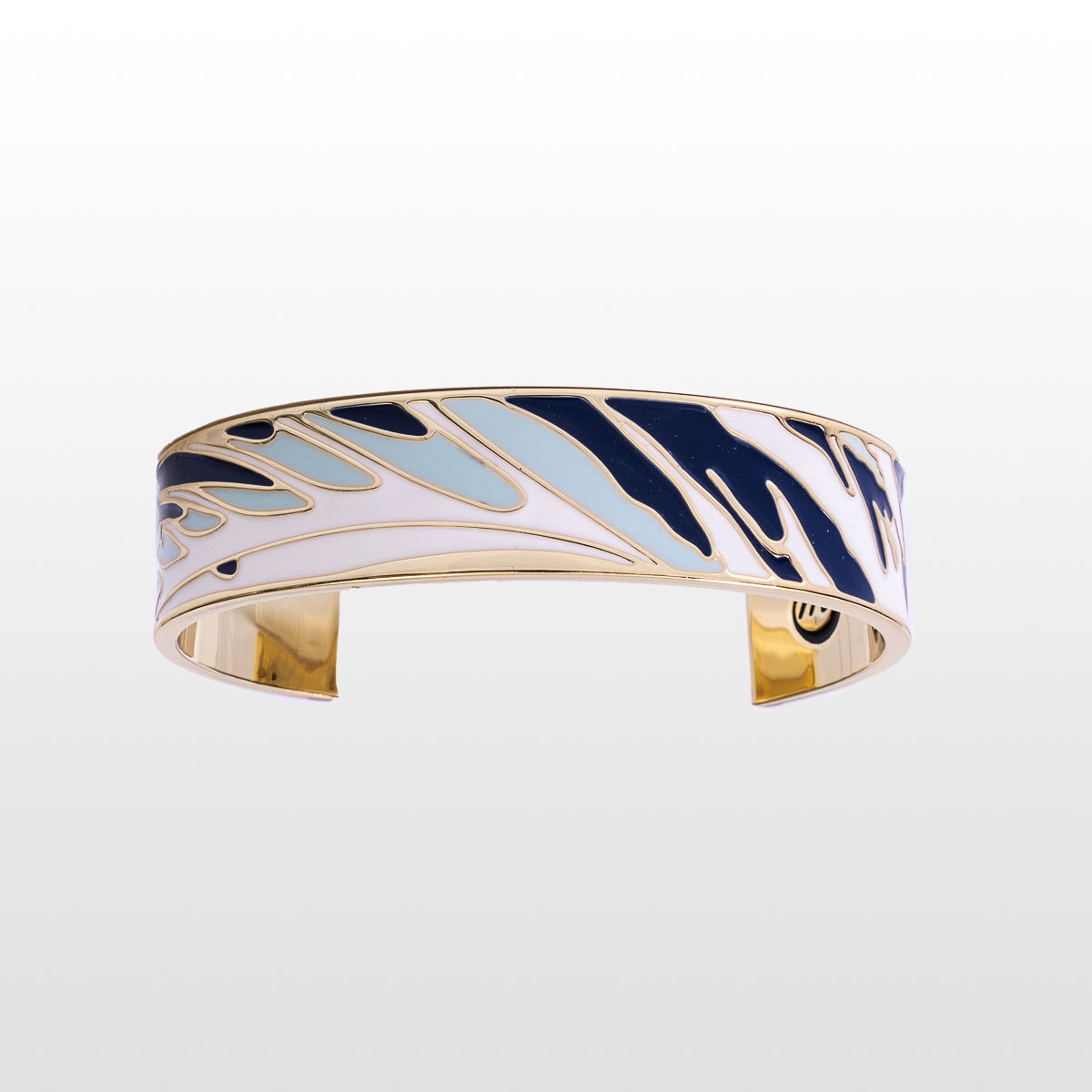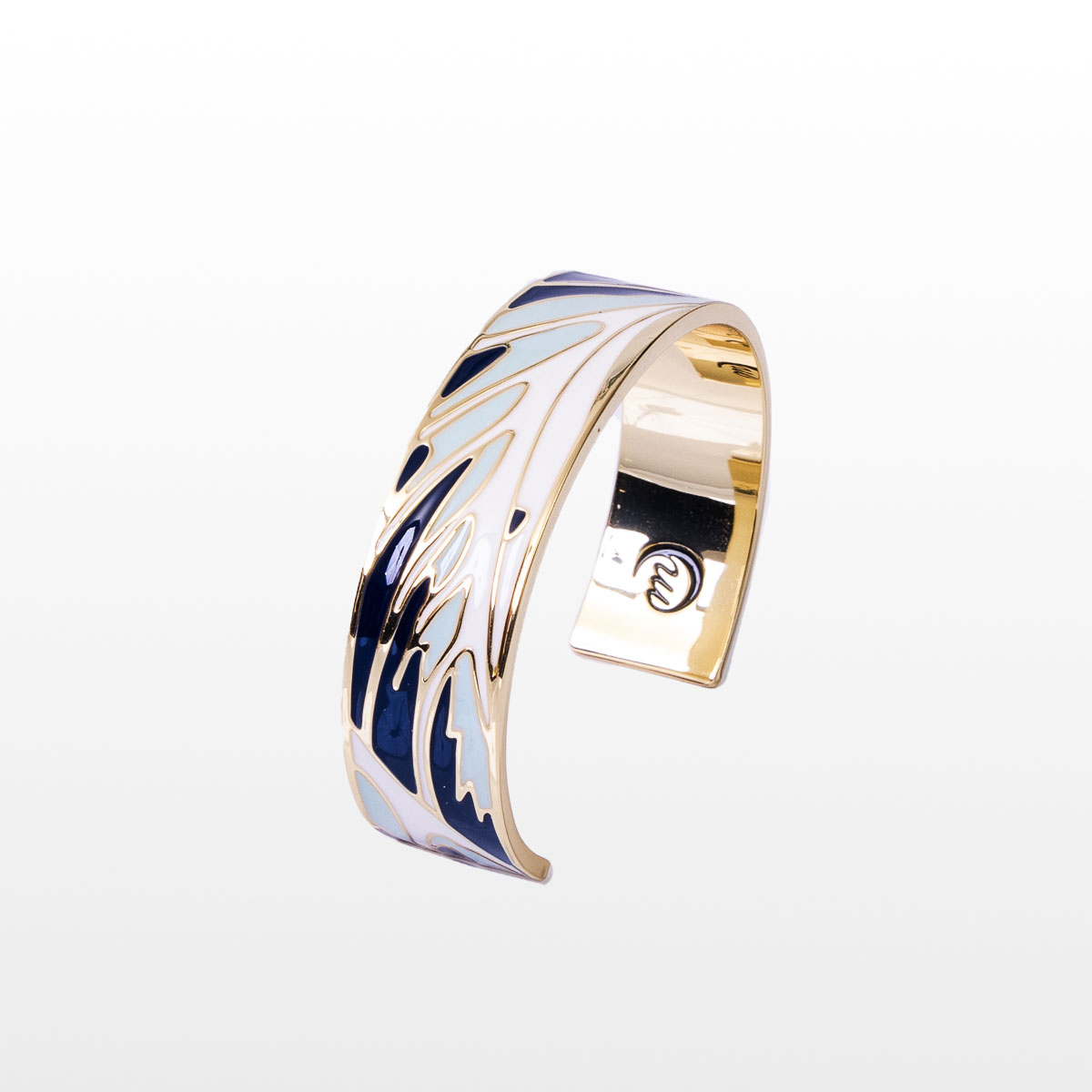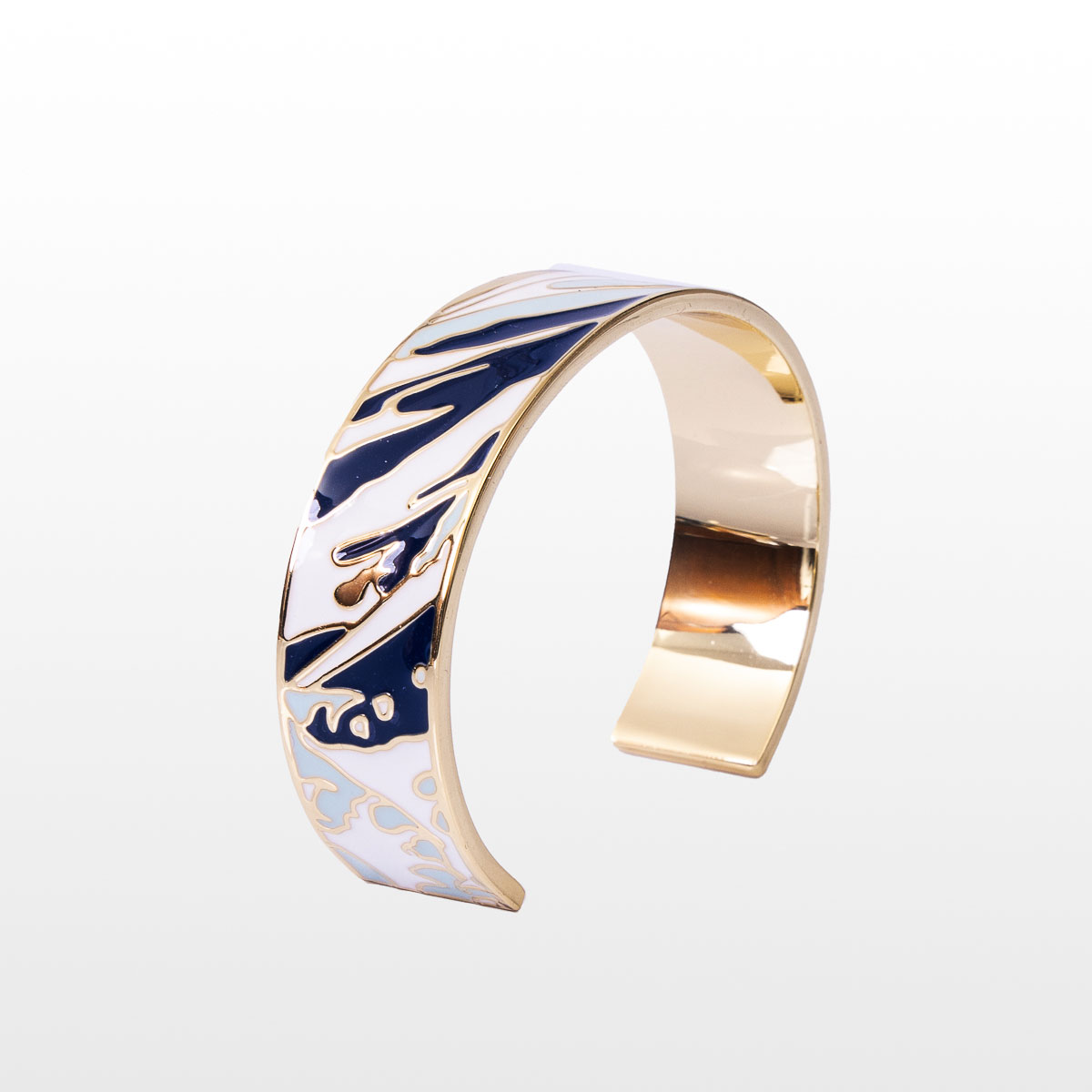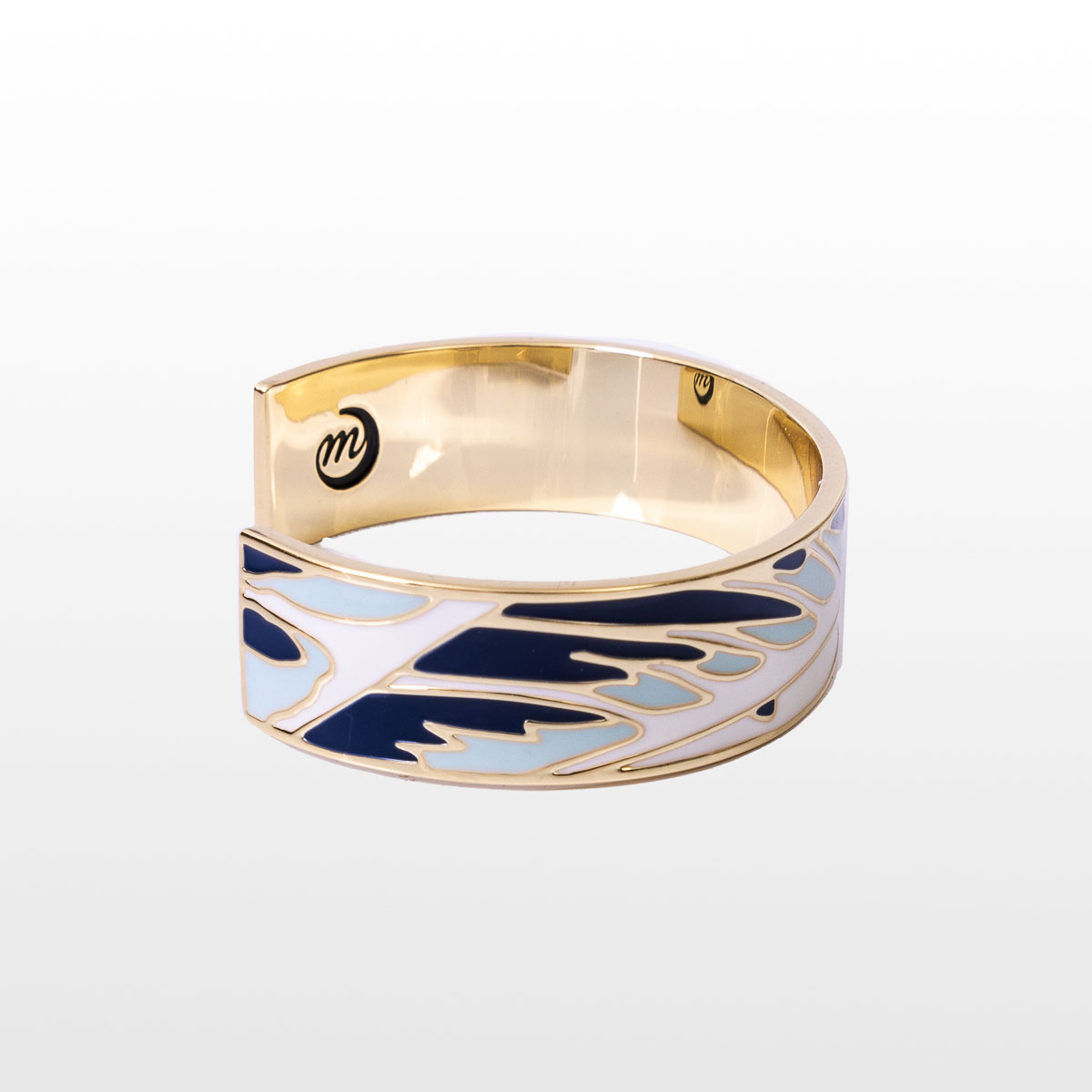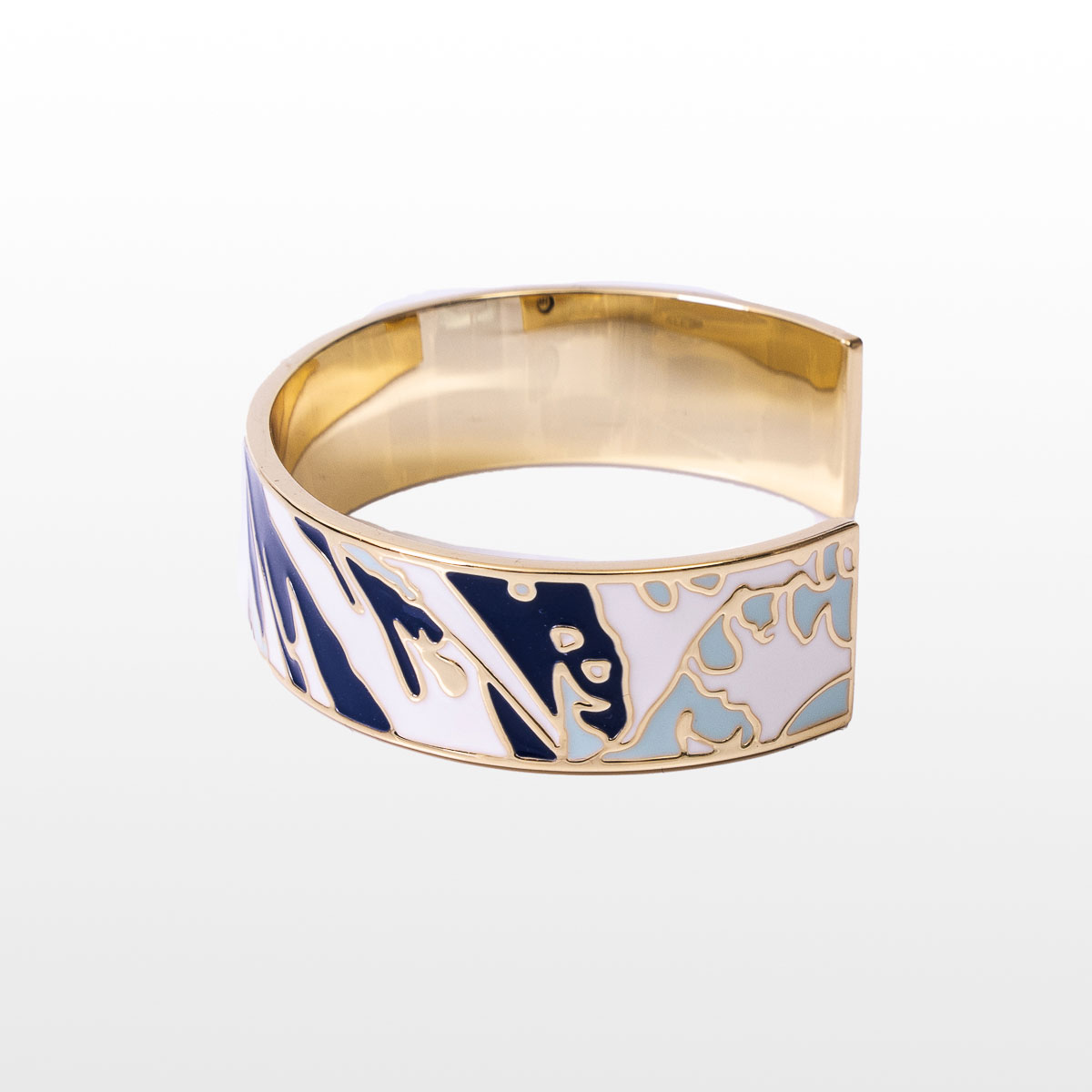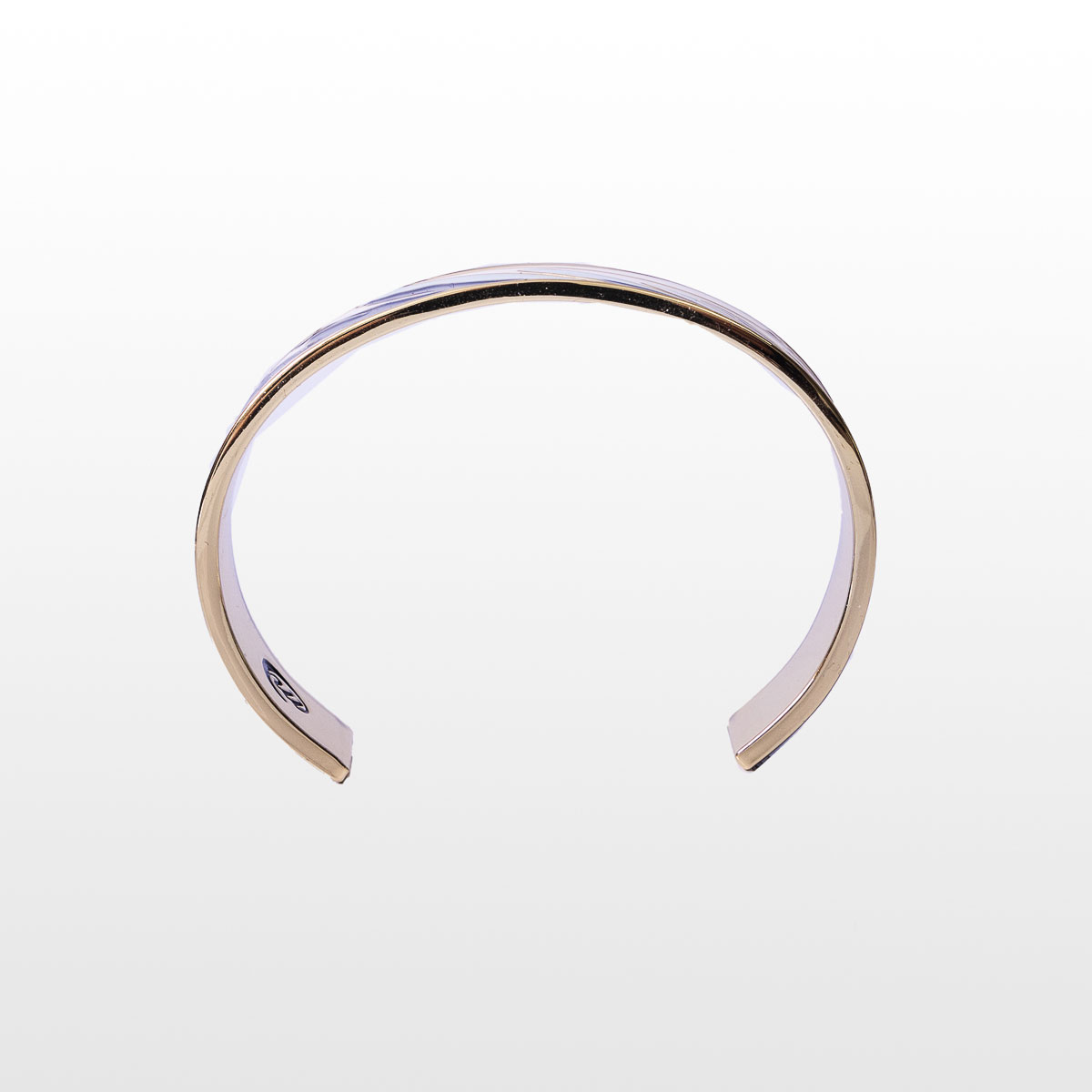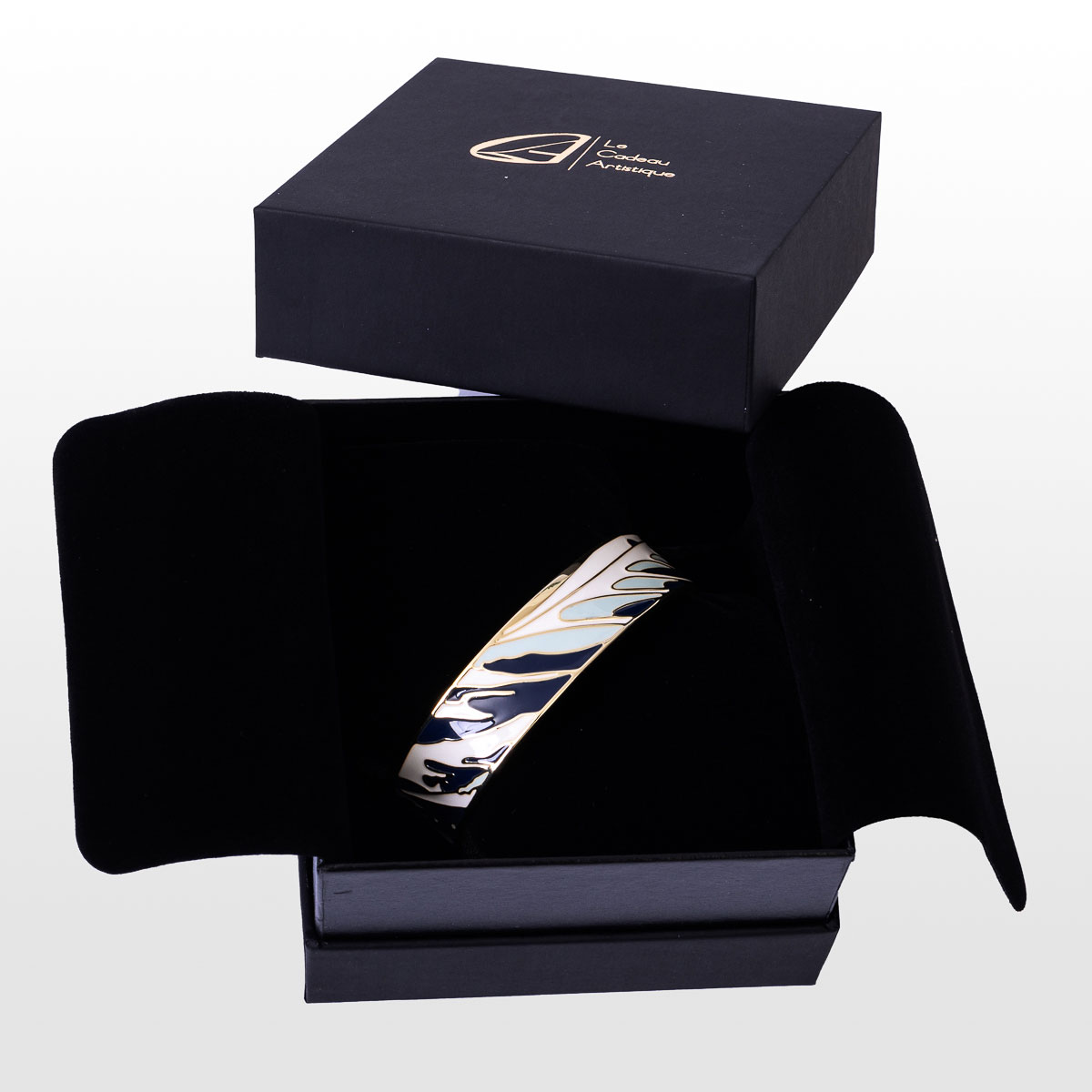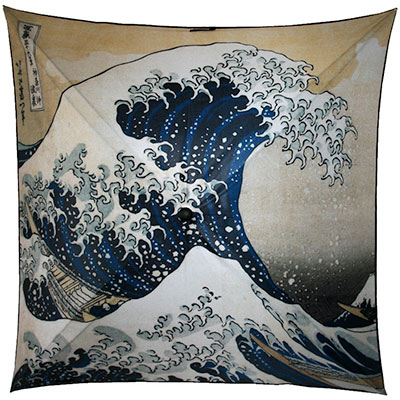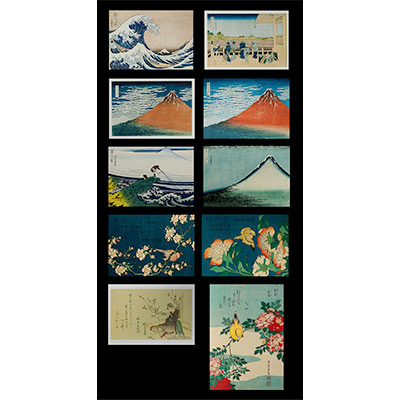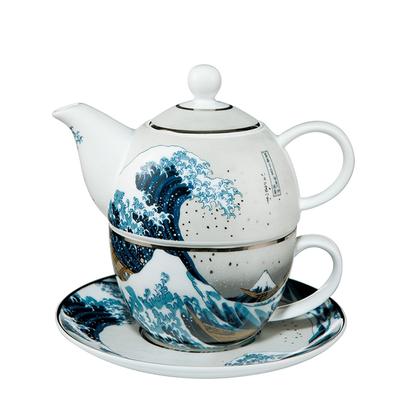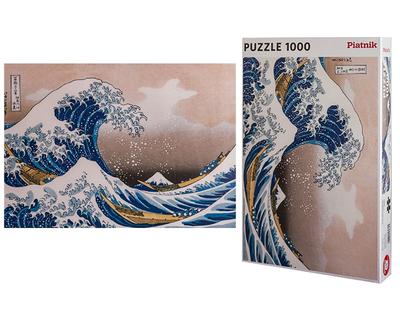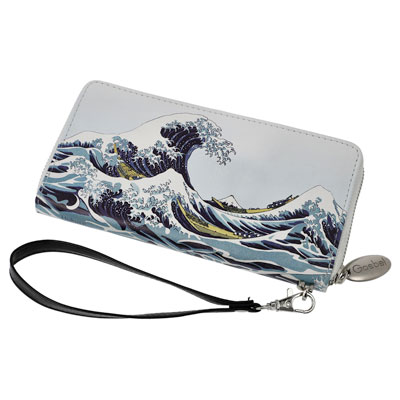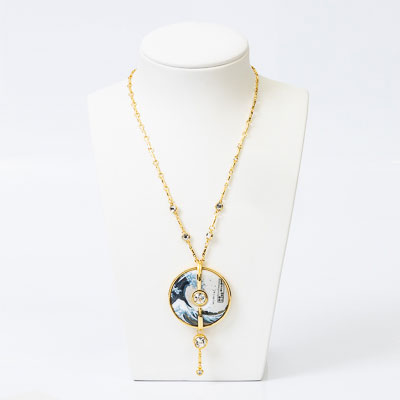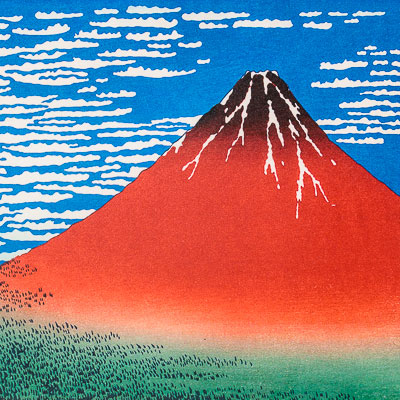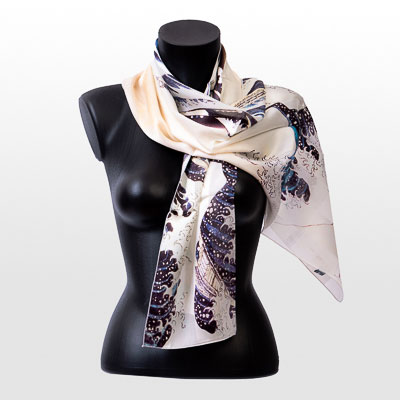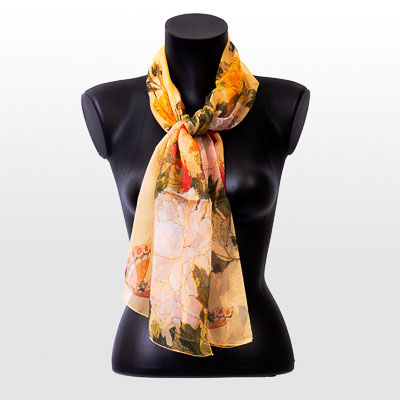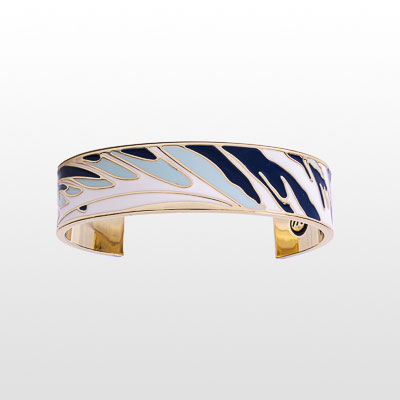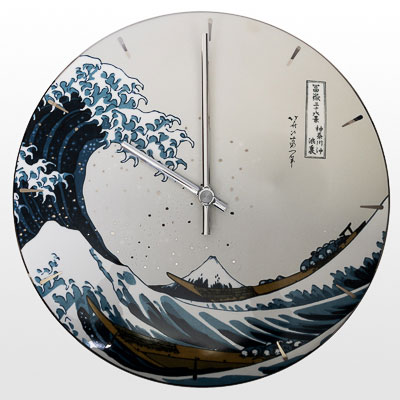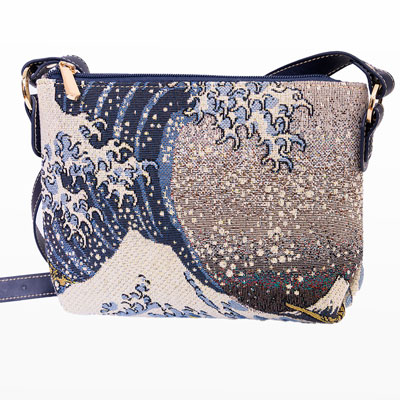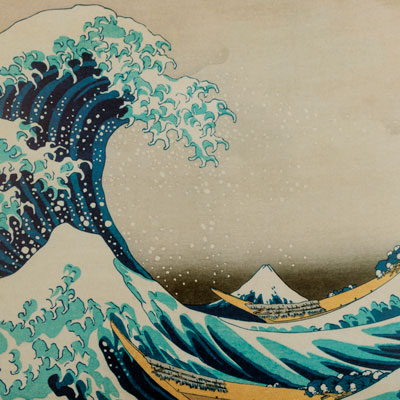Tel : (+33) 4 94 63 18 08
9am - 6pm from Monday to Saturday
All products Katsushika Hokusai • Products of the topic Ukiyo-e
Hokusai Bracelet : The Great Wave of Kanagawa
REF : BI-HOK-06
In stock
Only 1 in stock
Unavailable
59,00 €
Hokusai Bracelet : The Great Wave of Kanagawa
Dimensions : 6.5 cm x 1.5 cm (Not suitable for wrist contours greater than 18 cm)
An artistic and cultural gift idea with this Ukiyo-e inspiration bracelet .
This jewel is in brass, bathed in the gold, then covered with a varnish of protection which guarantees a very good behavior in time.
All our jewels are guaranteed unleaded and without nickel.
This jewel is delivered in its beautiful gift box of color black and gold
* * * * *
The Great Wave of Kanagawa (1831)
Hokusai's 'Great Wave off Kanagawa' remains a masterpiece of Japanese art from the Edo period, created between 1830 and 1831 as part of the series 'Thirty-Six Views of Mount Fuji.' The original work is a nishiki-e woodblock print with dimensions: 37.9 x 25.7 cm. The scene depicts a storm in Tokyo Bay, off the coast of Kanagawa, where three fishing boats are caught. In this woodblock print, Hokusai captures the swirling energy of the ocean, depicting a threatening great wave in the foreground, overshadowed by the majestic Mount Fuji in the background. The artist employs fluid and dynamic lines to portray the movement of the wave, creating palpable tension within the image. Fragile boats and human figures enhance the imposing scale of the wave. The juxtaposition of the ephemeral nature of the waves with the immutability of Mount Fuji underscores the duality of nature and the transience of time, perfectly illustrating the flourishing ukiyo-e artistic genre during the Edo period.
Ukiyo-e
Ukiyo-e is a style of Japanese painting and woodblock printing that flourished during the Edo period (1603-1868). The word "Ukiyo-e" means "pictures of the floating world," and refers to the Buddhist belief that the material world is fleeting and unsatisfactory. Ukiyo-e works were primarily intended for a middle-class audience and were often inspired by everyday life, leisure, and entertainment of the time. The earliest Ukiyo-e works were produced in the 17th century and developed during the 18th century through the use of woodblock printing, which allowed for mass production of prints. Ukiyo-e reached its peak in the 19th century, with artists such as Katsushika Hokusai and Utagawa Hiroshige becoming famous for their landscapes and scenes of everyday life in Edo. Hokusai, who lived from 1760 to 1849, is perhaps the most famous of the Ukiyo-e artists. He is known for his series of prints "The Thirty-six Views of Mount Fuji," which was widely admired and imitated by Western artists. Hiroshige, who lived from 1797 to 1858, was also a renowned Ukiyo-e artist, known for his landscapes and scenes of everyday life in Edo. In addition to painting and woodblock printing, Ukiyo-e also included other art forms such as wallpaper, kakemonos (silk painting scrolls), and surimono (printed greeting cards). These works were produced in large quantities and were widely accessible to a broad audience. Ukiyo-e has had a great influence on Western art, particularly on Impressionist and Post-Impressionist painters. Western artists were fascinated by the simplicity and beauty of Ukiyo-e compositions, as well as the use of bright colors and clear lines. Many Western artists collected Ukiyo-e works and were inspired by them in their own work. Ukiyo-e experienced a decline in the 19th century with the advent of photography and paper printing, which made woodblock and copperplate printing techniques obsolete. However, the influence of Ukiyo-e on Western and Japanese art continues to this day.
Discover the artist
Hokusai Katsushika
Katsushika Hokusai was a Japanese painter and draftsman, specializing in ukiyo-e, popular painting and Japanese prints from the Edo period.
Hokusai is the Japanese print at its peak. Simplicity and fluidity of line combine with a chromatic research of great freedom which gives his works, and in particular the thirty-six views of Mount Fuji and the famous Great Wave of Kanagawa, a modernity that has never wavered.
The 30,000 drawings he left behind when he died are also there to remind us that, in addition to being a artist, Hokusai was an inexhaustible craftsman...
